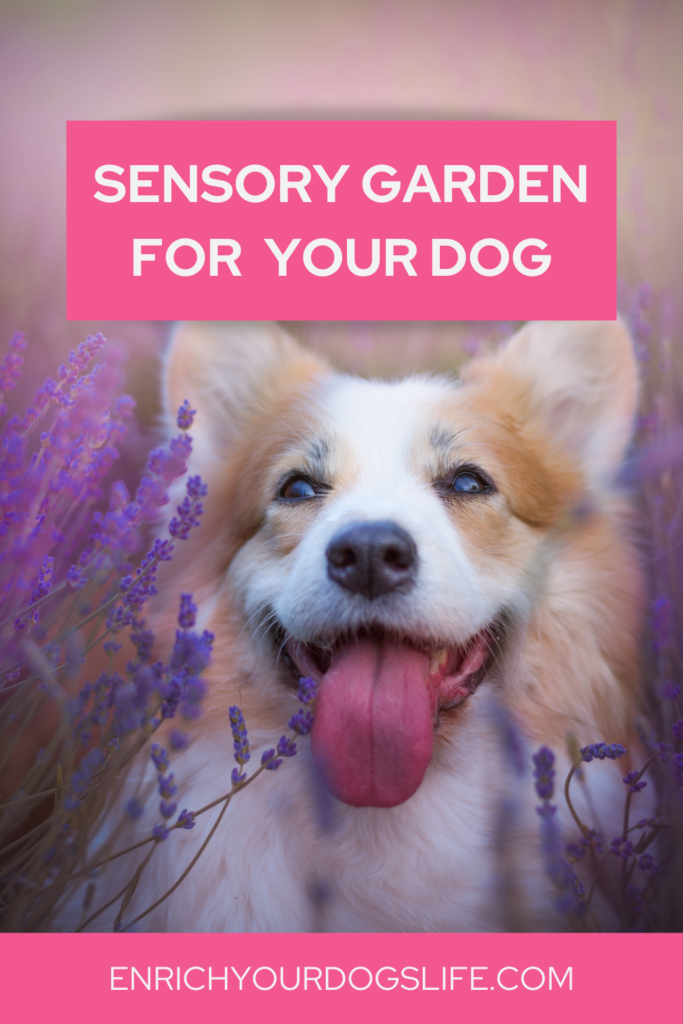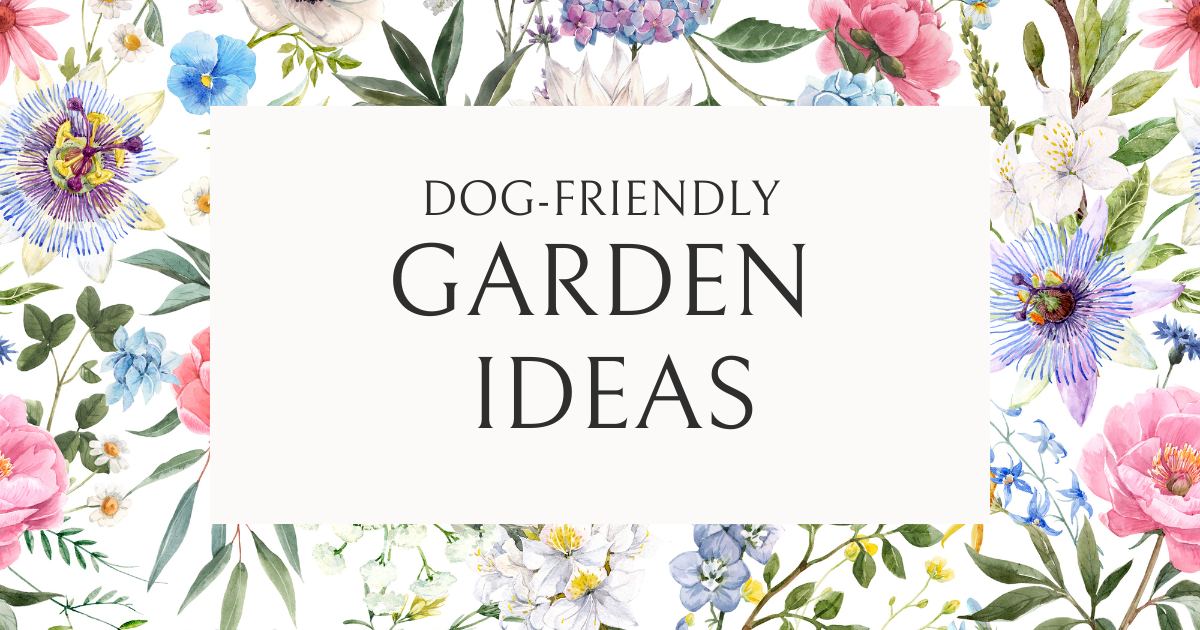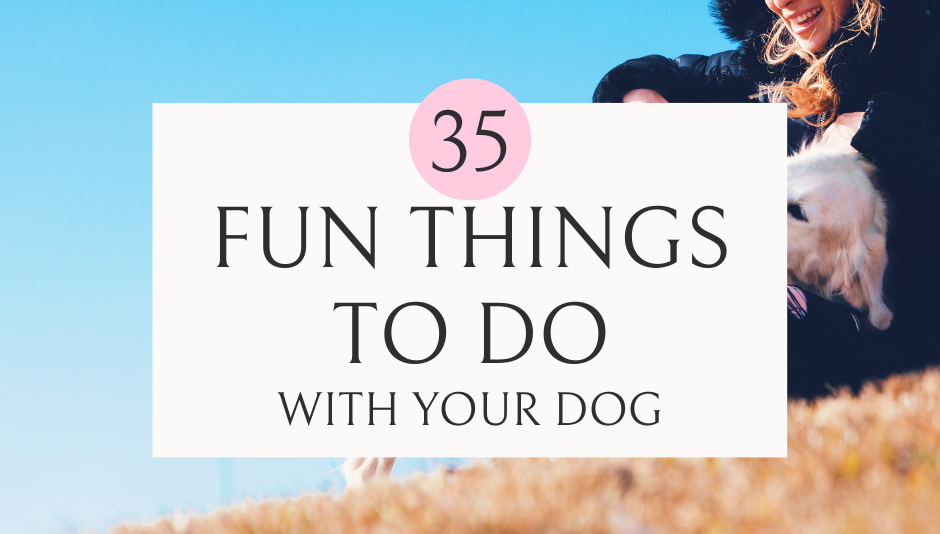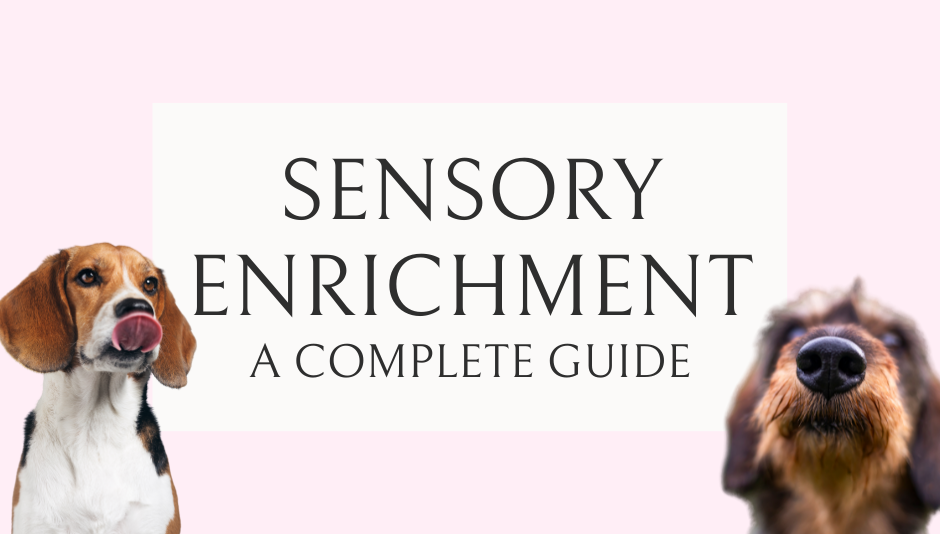A sensory garden provides a wonderful opportunity to engage your dog’s senses and create a stimulating outdoor environment for them to explore. By incorporating various sensory elements, such as scents, textures, colours, and sounds, you can create a sensory-rich space that will captivate and engage your furry friend. In this guide, we’ll walk you through the steps of creating a sensory garden specifically designed to delight your dog’s senses. And for more on Sensory Enrichment on a more ‘general’ level, check out this blog post: Exploring Sensory Enrichment for Your Dog: A Complete Guide
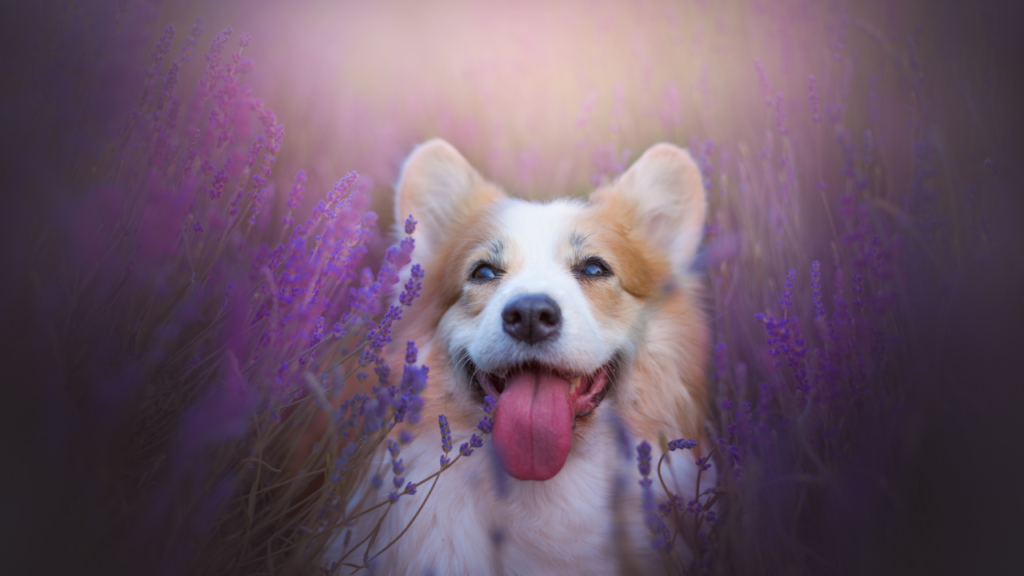
7 Tips on How to Create a Sensory Garden for your Dog
1. Choose the Right Location
Select a suitable area in your yard or outdoor space for the sensory garden. Consider the size of the garden and ensure it is safely enclosed, allowing your dog to explore freely without the risk of escaping. Ideally, the area should receive a mix of sunlight and shade throughout the day to accommodate a variety of plantings.
2. Incorporate Scented Plants
Scent plays a crucial role in a dog’s sensory experience. Include a selection of dog-friendly plants with enticing fragrances. Lavender (one of my dogs looooves Lavender and can spend quite some time enjoying the smell!), rosemary, chamomile, and mint are popular choices that can provide calming scents. Avoid toxic plants that may be harmful to dogs, such as lilies or daffodils.
3. Add Textures and Surfaces
Introduce different textures and surfaces for your dog to explore. Incorporate soft grass, smooth stones, a sandbox, or a small patch of mulch. These diverse surfaces will provide sensory stimulation and tactile experiences as your dog walks, sniffs, and explores the garden.
4. Provide Visual Stimulation
Consider adding visual elements to captivate your dog’s attention. Plant a mix of flowers and foliage in vibrant colours, such as yellow marigolds or purple petunias, to create an eye-catching display. Hanging wind chimes or colourful flags can also add visual interest and gentle sounds to the garden.
5. Create Interactive Zones
Designate specific areas within the sensory garden for interactive play. Install low hurdles or agility equipment for your dog to jump over or weave through. Place interactive toys or puzzle feeders that require problem-solving skills and encourage mental stimulation. These interactive zones will keep your dog engaged and active while enjoying the sensory garden.
6. Incorporate Water Features
Many dogs enjoy water play and find it highly stimulating.
Consider adding a small water feature, such as a shallow pool or a bubbling fountain, for your dog to explore and splash around in. Always ensure the water feature is safe and accessible for your dog to use comfortably.
7. Safety First!
Ensure the sensory garden is safe for your dog by removing any toxic plants or substances. Regularly inspect the garden for potential hazards such as sharp objects or small items that your dog could ingest. Additionally, provide shaded areas or a shelter where your dog can seek refuge from the sun or inclement weather.
Creating a sensory garden for your dog is a fantastic way to engage their senses and provide them with a stimulating outdoor experience. By incorporating scented plants, varied textures, visual stimulation, interactive zones, and water features, you can create a sensory-rich environment that will keep your dog entertained and happy. Remember to prioritise safety and ensure that all elements of the garden are dog-friendly. With a well-designed sensory garden, you’ll provide your furry friend with a captivating and enriching space to explore, play, and enjoy the wonders of the outdoors.
